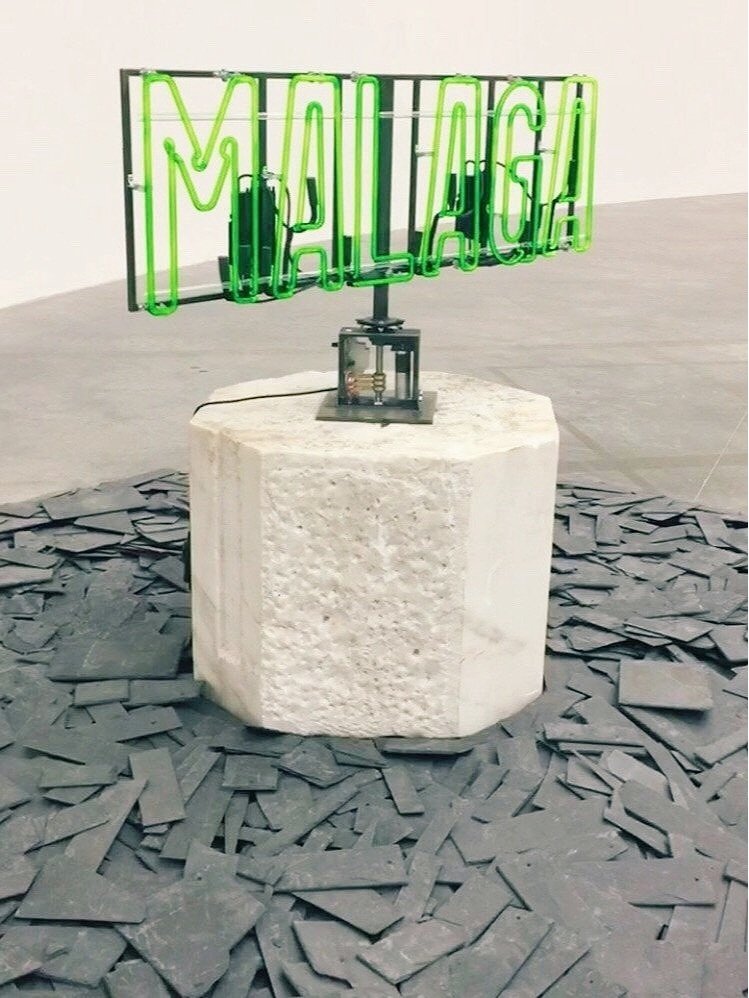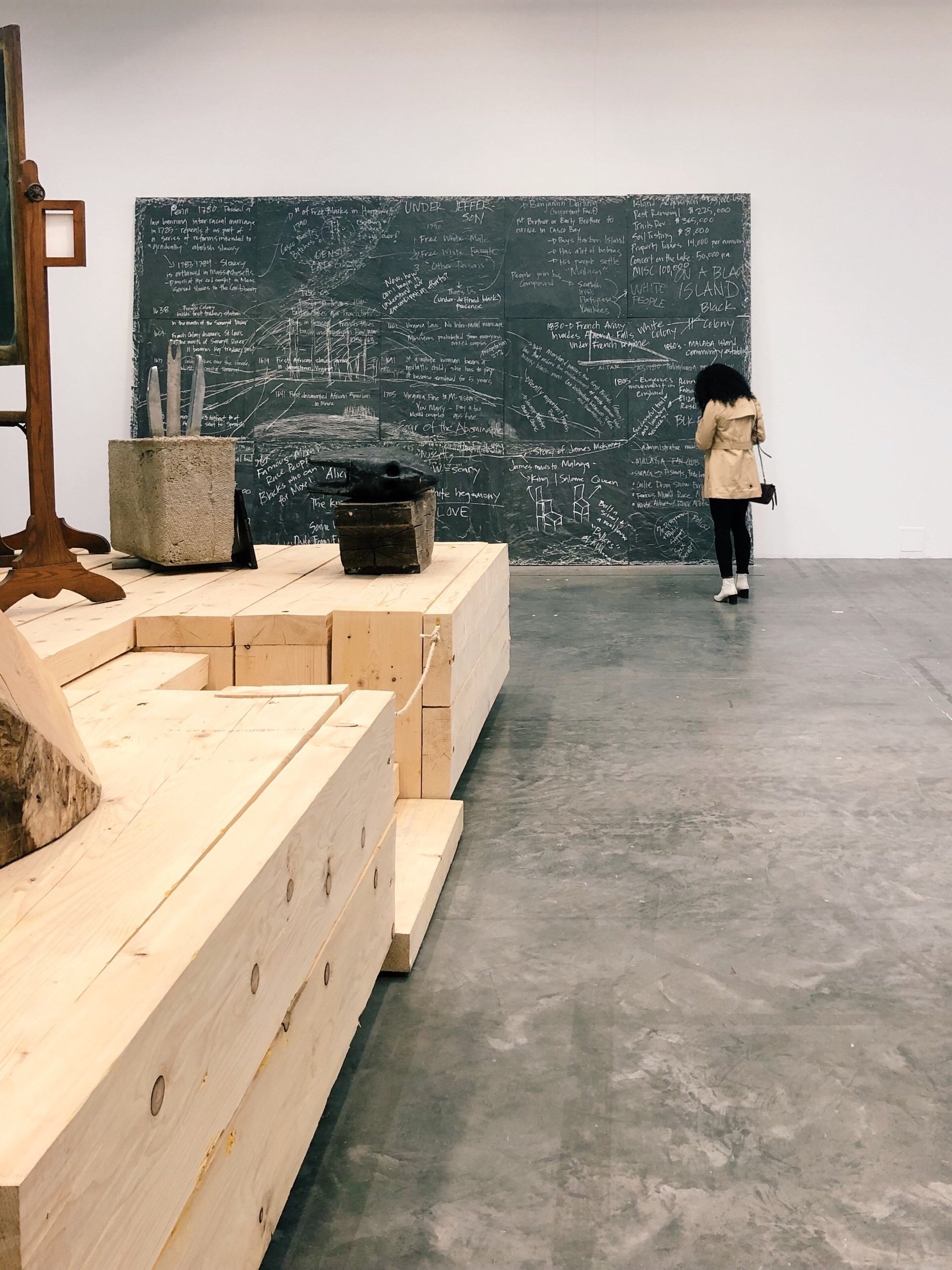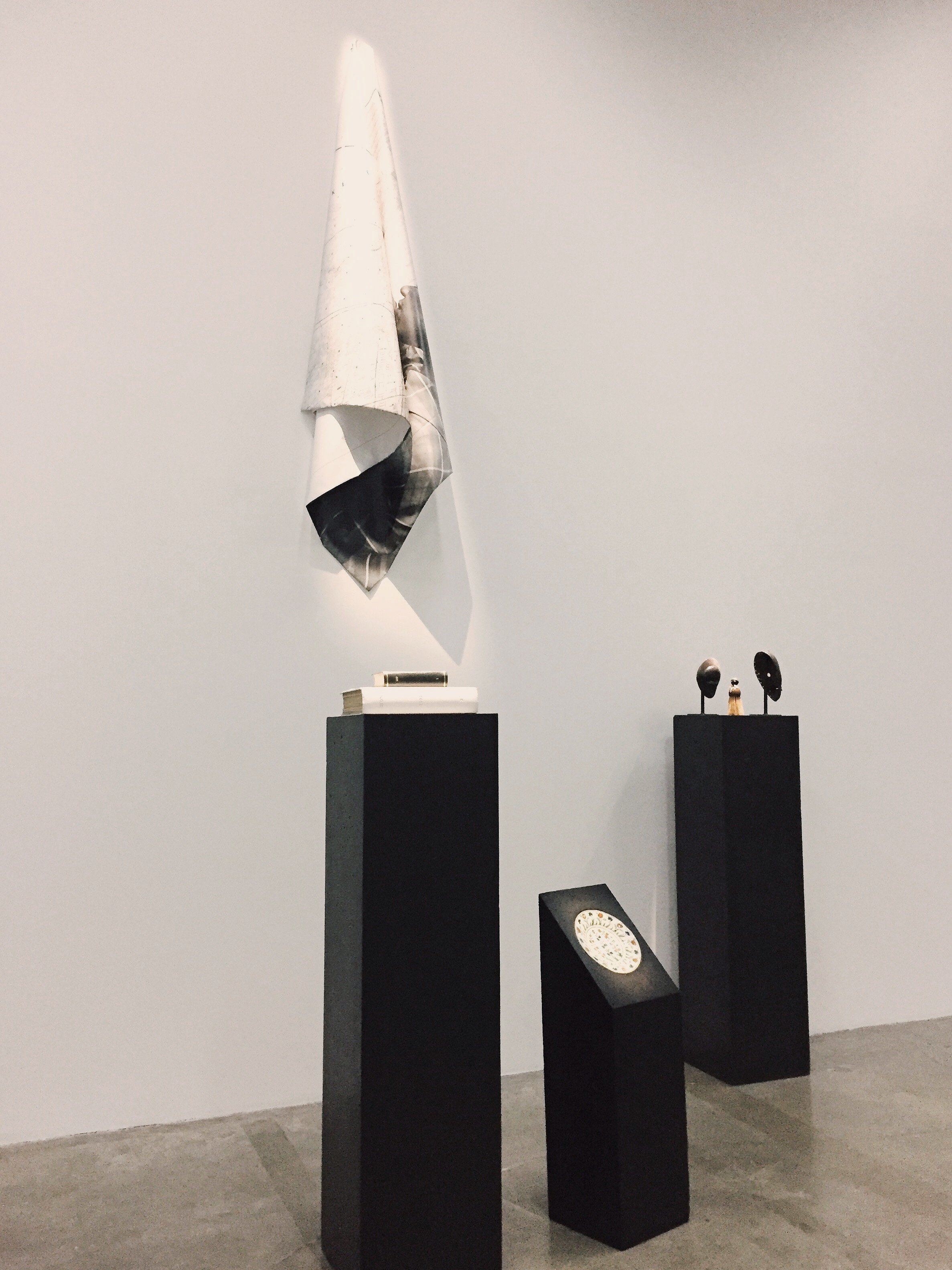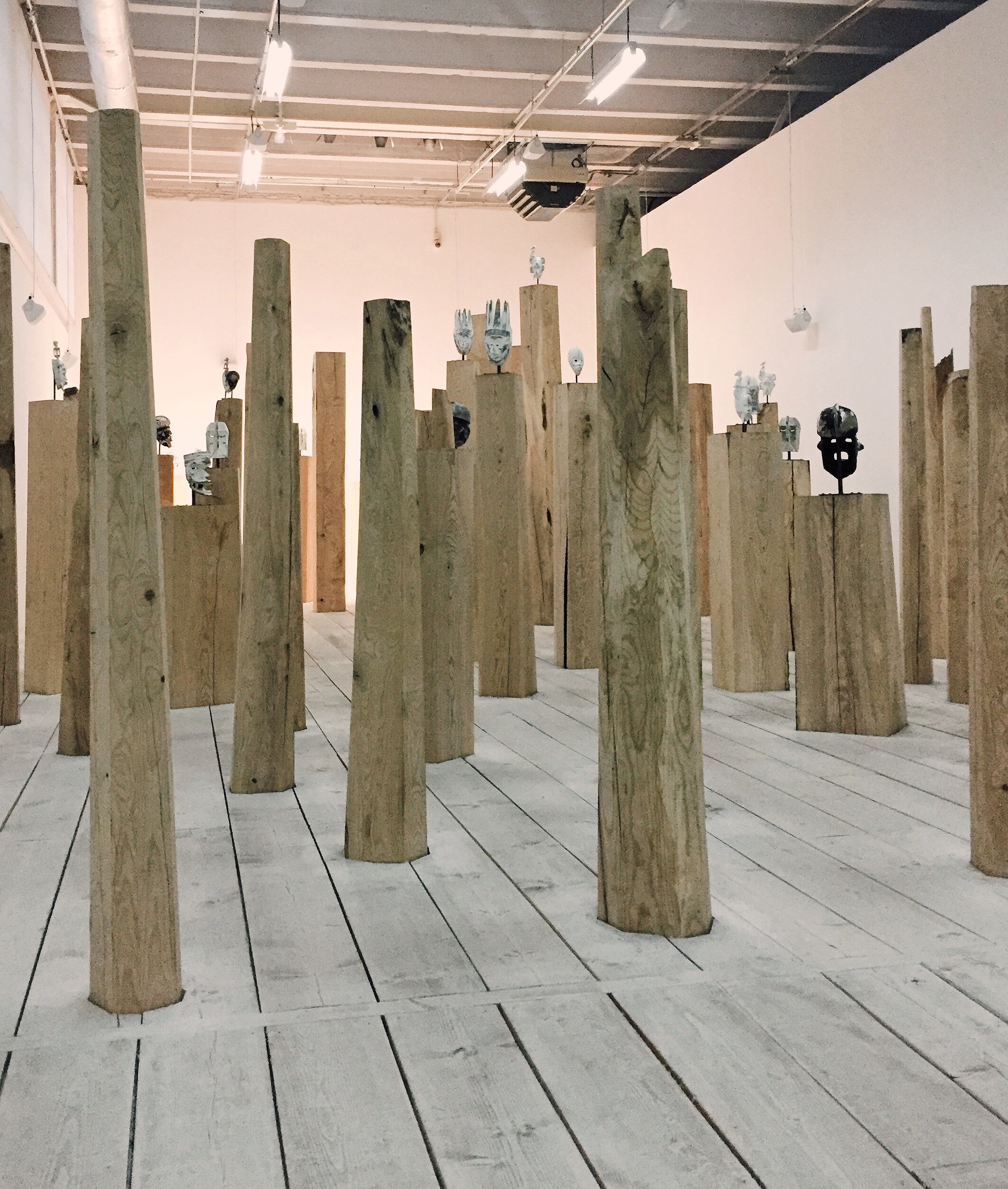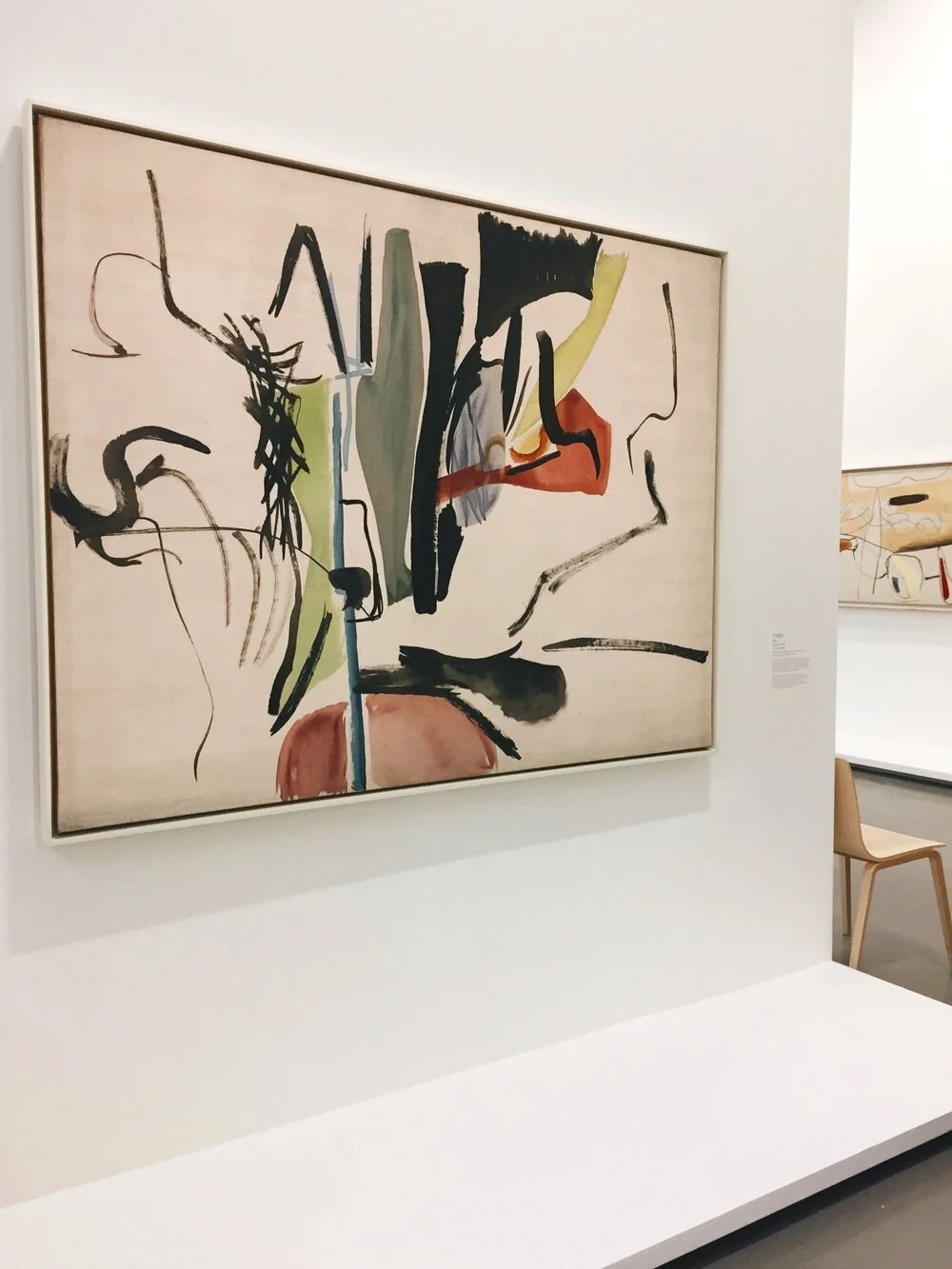Exhibition Review: Theaster Gates at Palais de Tokyo
In a previous exhibition review I wrote for Palais de Tokyo (read it here), I emphasized how I loved the amount of creative control artists are given to exhibit their work within the space of the museum. I was pleased to experience this once again, with a new exhibition on view: Amalgam, a project by Chicago-based multimedia artist Theaster Gates.
Theaster Gates
Gates is a multi-disciplinary artist who combines social practice and urban development with fine art. He qualifies as a social artist and is dedicated to making art education accessible, particularly in low-income neighborhoods. He founded the Rebuild Project to provide affordable spaces in underserved communities. He is also an advocate for public art as a form of community enrichment. His art often references urban planning.
Amalgam
This exhibition was one of numerous simultaneously presented as part of Palais de Tokyo’s spring programming: Saison Sensible. And in my opinion, it was the main event. It had the highest number of large-scale works and was given the most space of all the exhibitions, plus it was located right on the entrance-level floor. But, it was not just the physical proportions of the show that made it so formidable. It was the story behind the works.
The show was based around the story of Malaga Island, a small island off the coast of Maine, United States. The island was home to a small, isolated interracial and mixed-race community. In 1912, the people of the island were involuntarily evicted by the government, and members of the community were abducted and removed to the mainland. Forcibly institutionalized, some were even sent to psychiatric hospitals. The government claimed “plans” to turn the island into a tourist destination, but nothing ever happened after the forced eviction. To this day, the island remains abandoned. This tragic story demonstrates the repercussions of interracial relations during an era of severe racism and anti-miscegenation laws.
Gates explores this story through sculpture, painting, and video. Visitors are immediately confronted by a massive shingled rooftop installation, a clear symbol for home. The roof suggests a house submerged or buried. The use of unrefined materials is a constant throughout the exhibition. But they are often juxtaposed with neon lights, which are used to suggest artificiality; such as within the tourism industry, for example. This is perfectly represented by a piece in which a neon sign reading “Malaga” spins like a Las Vegas signboard, sitting over shards of broken roof material, arranged in a disturbingly-perfect circle.
A chalkboard with a general timeline of Malaga’s history and stream-of-consciousness scribbles on race-relations evoke a conspiracist’s notes, reflecting the government’s cruel dishonesty in their claim of a “tourist project”. The government went as far as to dig up the graves on the island to discourage resettlement, a measure that showed the true motives of their actions. Proven as the island was never developed into anything after the violent evictions.
There is also a video featured that combines modern news reports, musical performance, historical quotes, archived photos, and performative dance. It gives the most complete narrative of Malaga Island in the show. The exhibition exposes an under-told story while challenging audiences to question mainstream narratives. References to African tribal art and Black publications also allude to larger themes such as race, history, colonialism, and modern Black culture.
The exhibition will be on view until May 12, 2019.
Read more about Malaga Island here.




